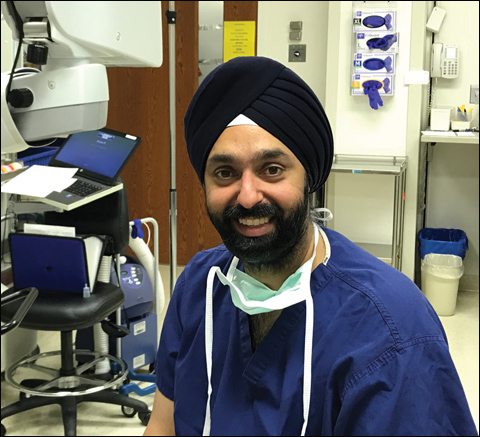PUBLICATION EXCLUSIVE: Surgeons seek criteria for selecting new MIGS options
After years of being at a standstill, glaucoma treatment has entered a new era of microinvasive surgery. A wide choice of techniques and technologies is now offered to patients who historically would have been cuffed to a lifelong sentence of drops. Such a proliferation of options, however, carries the risk of creating information overload and confusion.
“I hate to say it, but I think the amount of options and choices can confuse many doctors. ‘What do I do now?’ I hear all the time from my colleagues. People are wondering which procedure or device to implant in a specific patient and seek guidance on what is best to do in a certain situation and why,” Inder Paul Singh, MD, said.
The scenario appears to be similar to that of premium IOLs. As new designs proliferated, including bifocal, trifocal, increased depth of focus and many other options, the issues of what to do, when and why were raised, leading to lively debate.
“This is the kind of discussion we should have with MIGS devices now. Indications, criteria and what lays behind failure or success will be key subjects for future investigation,” Singh said.

Image: Singh IP
Best candidates for MIGS
MIGS in general is best indicated for patients with mild to moderate glaucoma, typically on one or two medications, Robert J. Noecker, MD, said.
“Those who have a very high risk of getting worse and have poorly controlled IOP are probably not the best candidates,” he said.
An important subgroup of patients is those with glaucoma and cataract because combination with cataract surgery is required for the on-label use of several MIGS technologies. The two surgeries are easy to perform together and act synergistically toward decreasing IOP.
“It is worth taking the opportunity to have this small incremental benefit because the way I think about using MIGS is not a cure for everything but taking steps in the right direction. Maybe we can drop one medication and decrease the eye pressure by five points. For some patients, this is all that’s needed and a wonderful thing. The milder spectrum of patients and those who need cataract surgery are most of our patients anyway,” Noecker said.
Anatomy is also a key factor, meaning open-angle glaucoma, primary or secondary, Nathan Radcliffe, MD, said. In addition, patients should have realistic expectations.
- Click here to read the full publication exclusive, Cover Story, published in Ocular Surgery News U.S. Edition, April 10, 2017.
